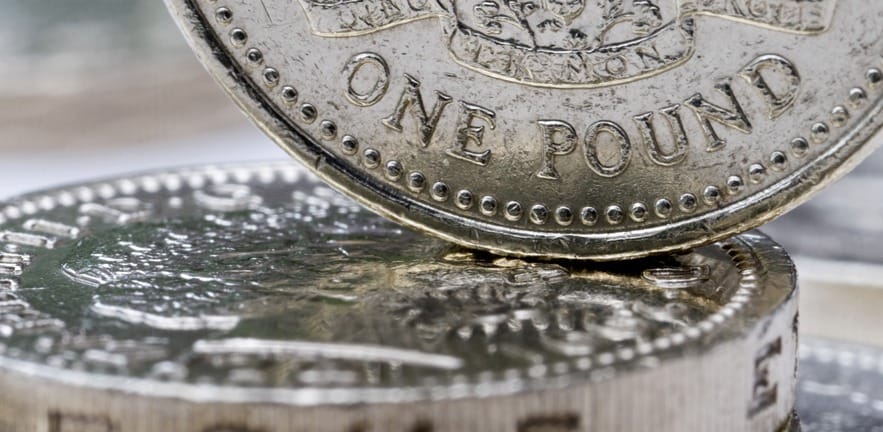John Mills, chairman of consumer products company John Mills Ltd, thinks the best way to restore the UK’s manufacturing sector is to devalue sterling. Here, in the second of three pieces looking at the impact of the devaluation of sterling on the British economy, he outlines the argument.

The strong pound continues to pose a threat to the UK’s recovery and the best way ahead is to devalue sterling and restore the manufacturing sector.
I spent 25 years running a manufacturing company and it was a nightmare. In the course of that time everything migrated to the Far East and eventually we could barely buy the raw materials for a better price than the finished products in China. Meanwhile, between 1977 and 1982, sterling went up by over 60 per cent.
I eventually had to build up a new company that sells to 85 countries, but I know only too well that the manufacturing industry in this country collapsed as the pound rose, with manufacturing accounting for about 10 per cent of GDP now as against a third in the 1970s. In 1950 we produced more than 10 per cent of all the world’s exports and that figure is about 2.6 per cent today.
There are many challenges to face: many of our domestic manufacturing costs are about 50 per cent higher than the world average; we are trying to sell our labour costs at too high a price and that is leading to high unemployment; and the rate of investment in this country is very low: about 14 per cent of GDP in the UK against an international average of 24 per cent – and 46 per cent in China.
In 2012 the depreciation of existing assets was running at 11.4 per cent of GDP, which means that the amount we actually invest in our future is only about 2.5 per cent of GDP. And given that our population is expanding at about 400,000 a year, that means there is no net new investment per head of the population and no increased productivity. The only way to combat this is to devalue sterling.
If the value of the pound fell by 30 per cent, then we would be able to increase exports, unemployment would fall towards three per cent and the percentage of GDP devoted to gross investment would rise towards the 24 per cent level, drastically boosting the economy. Manufacturing output would rise by up to 50 per cent between 2015 and 2020, climbing to about 15 per cent of GDP as the economy expanded. Inflation would rise slightly but would not be greater than three or four per cent.
The main reasons that people are against devaluation are psychological: they like the idea of a strong pound and they also like the idea of cheap foreign holidays. Yes, the cost of a holiday would rise in the short term, but if their income eventually rose by up to 50 per cent, then they would be able to afford to pay more. There would be less inequality throughout society and more jobs for blue collar workers, while this country’s huge debt problem would start to disappear.
People also fear that other countries would retaliate by devaluing their own currencies – but the US couldn’t do so as it’s the world’s only reserve currency, the euro has other worries and, quite frankly, China would barely notice.
Follow the debate
Watch a recording of the live debate
Read the original debate “To devalue or not to devalue?”
Hear why Andrew Cook believes the longer-term consequences of devaluation are catastrophic


